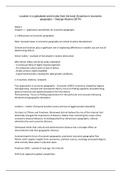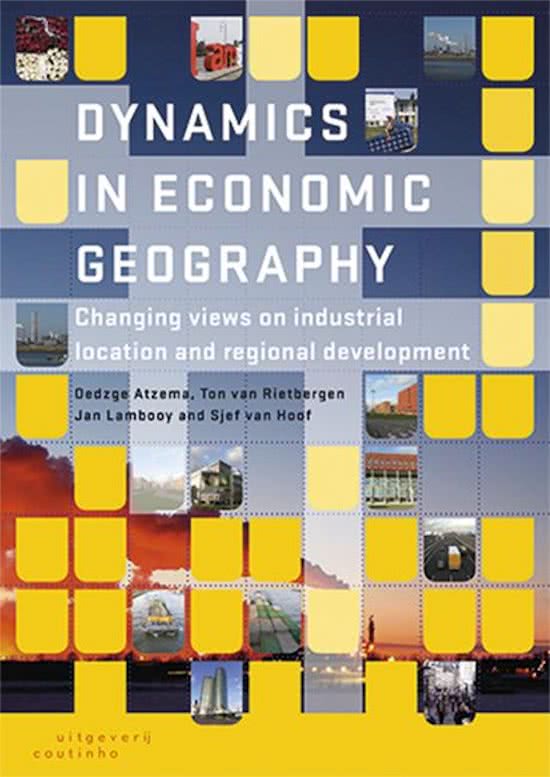Samenvatting
Summary Dynamics in economic geography, ISBN: 9789046903704 Location In A Globalised World (GEO2-3803) 2021
- Instelling
- Universiteit Utrecht (UU)
This is a summary of Dynamics in economic geography, all of the chapters are covered in-depth, there are a lot of graphs and figures included. Useful summary for exam preparation :)
[Meer zien]





